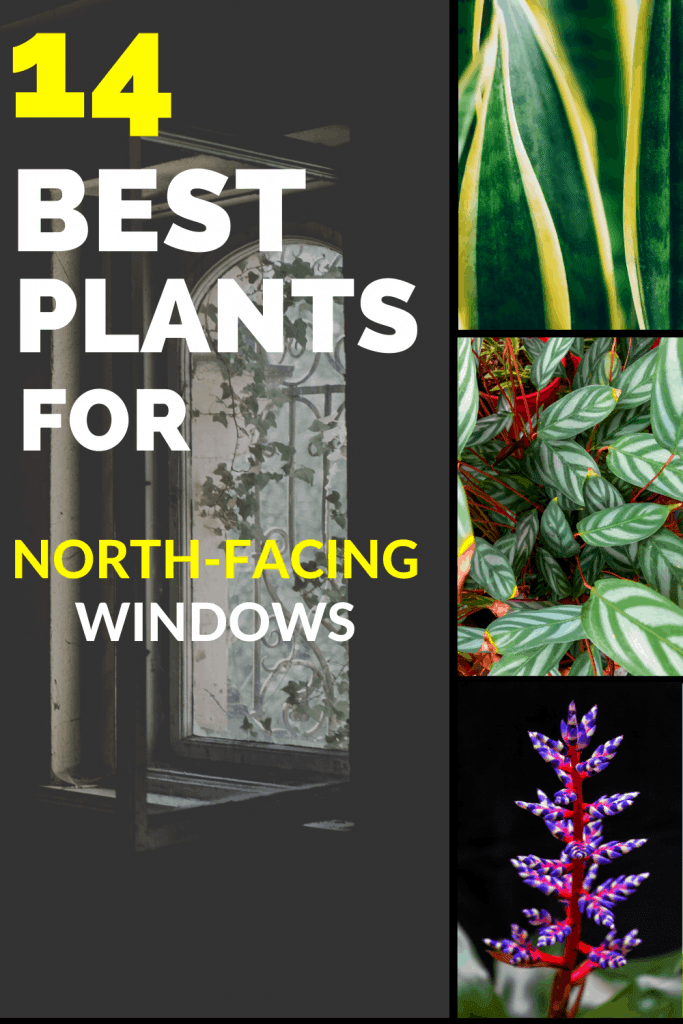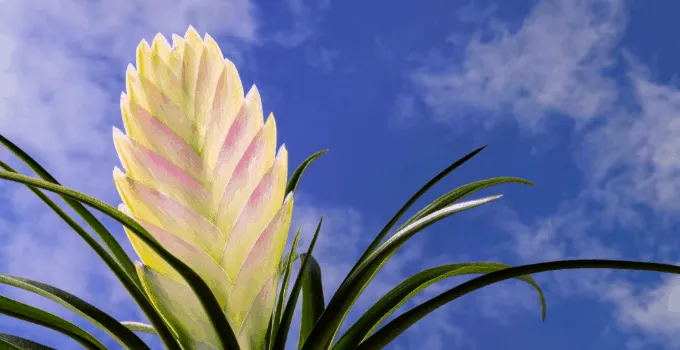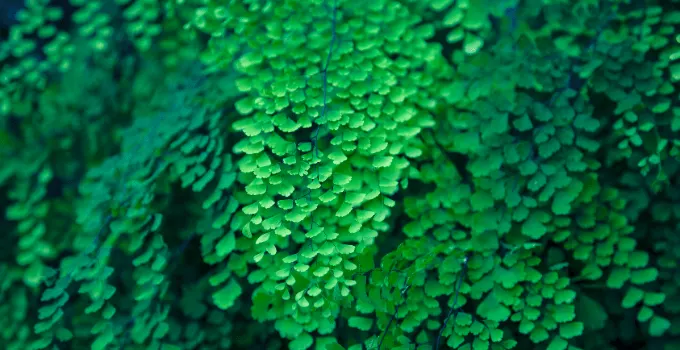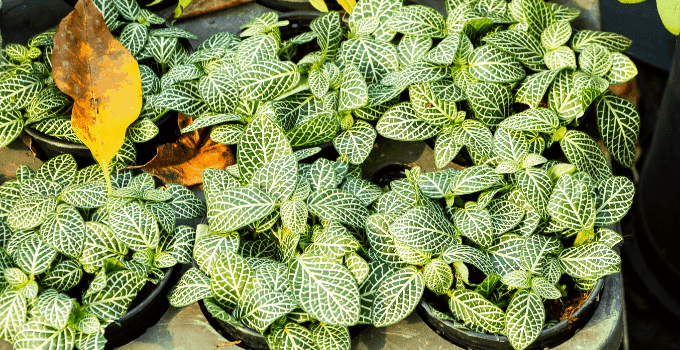Caring for plants isn’t necessarily all that straightforward, especially if you lack a green thumb. There are a number of factors to consider when it comes to the basic needs of a flora.
You should keep a close eye on a number of requirements, such as temperature, ample drainage, soil type, and plenty others. Growing plants indoors can require a closer attention to detail for a number of these essentials, namely when it comes to light.
You may assume that it’s as easy as placing your plant into a spot that gets lots of sunlight. This won’t necessarily work for every flora. Depending on which window your plant resides in, you’ll find that it receives more direct, potentially hazardous light.
For instance, plants in east-facing windows generally experience half a day of direct sunlight, with the majority of it being in the morning hours.
But, what about if you were to place your flora into a location that has a north-facing window?
As a general rule, north-facing windows don’t get as much light as other directions. They are notorious for having a full, consistent day filled with indirect sunlight.
Not every plant can live under these circumstances. Let’s look at what types of flora can thrive while sitting in a north-facing window.

Table of Contents
WHICH PLANTS WORK BEST FOR NORTH-FACING WINDOWS?
- Golden Pothos (Epipremnum aureum)
- ZZ Top (Zamioculcas zamiifolia)
- Snake Plant (Sansevieria trifasciata)
- Peace Lily (Genus Spathiphyllum)
- Moth Orchid (Phalaenopsis blume)
- Chinese Evergreen (Aglaonema commutatum)
- Pinstripe Calathea (Calathea ornate)
- Bromeliads (Family Bromeliaceae)
- Heart-Leafed Philodendron (Philodendron scandens)
- Swiss Cheese Plant (Monstera deliciosa)
- Maidenhair Fern (Adiantum species)
- Nerve Plant (Fittonia albivenis)
- Boston Fern (Nephrolepis exaltata)
- Cyclamen (Family Primulaceae)
GOLDEN POTHOS

The Golden Pothos, or Epipremnum aureum, goes by many names including the Cylon Creeper, Hunter’s Robe, Silver Vine, and Money plant.
These flowering plants work best in a north-facing window due to the fact that they prefer filtered light.
They can’t handle direct sunlight, taking to areas with bright, low-light conditions.
North-facing windows tend to meet these terms as they get some morning in the mornings and evenings, with a substantial break in the afternoon.
Without overexposure, Golden Pothos individuals are known to extend trailing vines down. Many say that this makes for a lovely touch to just about any room!
ZZ Top

When we mention ZZ Top, we aren’t talking about the American rock band, though it does add quite the versatile appeal! The name stems from their Latin classification, Zamioculcas zamiifolia.
These African species are great candidates for North-facing windows due to their dislike of areas with high levels of light. Indirect, bright light is the way to go.
Surprisingly, you can even opt for a room that has no windows at all and these plants will do just fine. The leaves can become dried out and scorched when placed in a location with too much direct sunlight.
North-facing windows offer softer light without being too much for you ZZ Top!
SNAKE PLANT

Also known as Mother-in-law’s Tongue, Saint George’s Sword, and the Viper’s Bowstring, Dracaena trifasciata (also Sansevieria trifasciata) is a member of Asparagus family. Many seek out these plants for the signature yellow and white striping on the dark green leaves.
Snake plants are able to live in a variety of light conditions, such as full sun or lower levels. The reason why we placed them onto our top list of north-facing window plants because they thrive best when given indirect sunlight.
Another reason why you may not want to place your Snake plant in a spot with high levels of light, even if they can handle it, is due to the overall saturation of the leaves. Too much sunlight can actually bleach the foliage!
PEACE LILY

Peace Lilies are a very common choice for a home or office setting. Honestly, as long as they’re given enough water, they are pretty happy.
But, what about their light requirements?
The most optimal conditions are partial shade with indirect sunlight. North-facing windows will keep them from becoming overexposed to sun.
Just keep in mind that they won’t bloom as well when placed in a spot with extremely low saturation.
Bright light is a plus, just as long as it isn’t direct. Just as with the Snake plants, Peace Lilies are notorious for having sensitive leaves that can become scorched. But instead of turning white, they’ll shift to a black hue!
MOTH ORCHID

Known for their unique flowers that resemble, well a moth as you may have guessed, these plants are a striking houseplant. Native to parts of southeastern Asia and Australia, these orchids don’t want too much light.
In fact, such conditions can cause a lack of bloom, or dying off of the plant altogether. They can survive when placed in an eastern or southern-facing window, but we believe them to be better suited for spots facing the northern parts of the house.
Southern windowsills err on the side of too much sunlight for the Moth Orchid. Eastern-facing windows are another great contender, but don’t have the amount of indirect light that the northern end of your house gets.
Make sure that your flora does get at least a few hours of light to avoid long-term damage.
CHINESE EVERGREEN

Housing a tropical plant, such as the Chinese Evergreen, is a fun way of spicing up your house! Considering their natural habitat, you can assume that they do need a good amount of light, just as long as it isn’t direct. Tropical and subtropical forests are known for having lots of filtered light, which is what the Chinese Evergreen wants!
These individuals are known for being quite hardy. They can tolerate a wide range of temperatures, light, and soil gradients.
We recommend these plants as north-facing window dwellers due to their preference to stay out of harsh sunlight. Many opt to keep these plants indoors instead of exposing them to the outdoor light where they can’t control it!
PINSTRIPE CALATHEA

Belonging to the family of Prayer plants, these perennials are a common addition for those looking for South American flair. They’re widely known for their decadent foliage and easy-going nature, or rather, how easy they are to care for.
As with all of the other plants in this list, they do not do well when placed in a room with direct sunlight, as this will damage the leaves.
Using a north-facing window for your plant’s light is the best way to ensure that those leaves stay full and vibrant.
You may be surprised to find that this direction has the most consistent amount of light throughout the day when compared to other directions.
For this reason, and many others, we highly recommend that you consider getting a Pinstripe Calathea if you have an open spot in the northern part of the house.
BROMELIADS

Bromeliad, as you may have guessed, is a family rather than a species. They are monocots found primarily in the tropical regions of the Americas.
These floras are incredibly exotic, portraying a myriad of flashy pigments in their foliage and flowers. Indoor Bromeliads require that the room have a good amount of bright light in order to survive.
Now, this doesn’t mean that they should be set in a spot with harsh sun. That would only cause the plant to wither away. The trick is to find a north-facing window with indirect sunlight that is somewhat bright.
One of the fun aspects to Bromeliads is that there are so many different varieties. Some of them can survive when supplied with less than ideal light, while others want it throughout the day. Make sure to do your research prior to deciding a spot!
HEART-LEAFED PHILODENDRON

These evergreen climbers are known to dominate the tropical rainforests of Central America. They will grow along the trunks of large trees as a way to survive.
As the name suggest, they are well loved for their heart-shaped leaves, which are glossy in appearance.
Heart-Leafed Philodendrons are extremely hardy, surviving a number od deficiencies that other flowering plants wouldn’t be able to thrive in. The same goes for their light preferences. Shade, diffused light, bright. They can handle it all.
With such a versatile plant, is there a specific sunlight regimen that they prefer? Well, these floras do best when placed in a room with medium amounts of indirect light. They should never be forced to dwell in a location with direct light.
SWISS CHEESE PLANT

Monstera deliciosa, or the Swiss Cheese plant, is an eye-catching individual that thrives in the tropical forests found along Mexico and Panama. They’re widely liked for their uncharacteristic foliage.
The large leaves are heart-shaped and have perforations as if it was a piece of cheese. With such distinctive leaves, it’s safe to say that they need careful attention, particularly when it comes to light.
The membrane of a Swiss Cheese plant foliage is fairly thin, meaning that direct sunlight can burn through the exterior.
Northern-facing windows are a great spot to place these floras into because of how soft the light tends to be. Tropical forests tend to have a good amount of filtered light.
Taking this norm, your house should mirror that environment. This direction will have just enough light to keep your Swiss Cheese plant happy while avoiding scorched leaves.
MAIDENHAIR FERN

Also known as Adiantum, the Maidenhair Fern was named for the black roots that take on the appearance of hair. The leaves in themselves are quite dainty, taking on a feathery appearance and a light green tint.
Found in deciduous woods, these ferns live throughout parts of North America, East Asia, and the Himalayas. The habitat that they reside in isn’t typically exposed to all too much sun.
In fact, ferns dominate the understory, meaning that they can survive in low levels of light. As for what an indoor individual prefers, this is bright, indirect sunlight.
Have you sensed a theme yet? Northern-facing windows are ideal for plants with these requirements because they get at least a few hours of bountiful sunlight without it being too harsh.
It’s important to note that windows facing the northern regions tend to get sun in the morning and afternoon. This arrangement is perfect for the Maidenhair Fern plant.
Direct light will burn the leaves, while not enough will stunt any growth. The perfect compromise is a north-facing window.
NERVE PLANT

The Nerve plant is an interesting flora for its appearance, as well as the name that goes along with it. White “veins” contrasting against the dark leaves makes for a fun statement in any home!
The scientific epithet for this species, “albivensis” actually translates to “white veins” in Latin. In some varieties, the veins can actually take on a red hue.
Where are they from, you ask? Well, they are naturally located within the rainforests of South America. Unlike the other plants on this list, this individual can survive bright light without many issues.
The reason we placed the Nerve plant in our selection of north-facing plant candidates is because it does best when given bright, indirect light.
They can handle quite a few light conditions, except when their environment doesn’t get enough light. It’s not easy to have flashy leaves!
BOSTON FERN

More commonly known as the Sword Fern, this species of plant is found within various tropical regions around the world. Different from the Maidenhair Fern of before, the Boston Fern has long fronds that taper at the end to make it look as though the whole “leaf” is a sword.
Like with most ferns, the leaves are easy to shift from that luscious green to a brown tint. Some of the culprits include poor soil, not enough water, humidity issues, or too much light.
Unlike some other indoor plants you may have, Boston Ferns want indirect, bright light during the fall and winter months with more light in the warmer seasons.
Morning light tends to be the perfect solution for a Boston Fern as this is when the plant will open up and receive rays. North-facing windows, as you’ve learned, are notorious for providing just that!
CYCLAMEN

A genus comprised of over 20 species that share a petite appearance. With small leaves, and fragrant flowers, these long-stemmed plants make for a pretty addition to your home!
The flowers come in a variety of colors such as pink, purple, red, or white. The leaves themselves are heart-shaped, making this a dainty plant overall.
As for their light preferences, these floras do best when placed in a room with bright, filtered light. Direct sunlight is too much for their sensitive flowers and foliage. A north-facing windowsill will give your Cyclamen the proper amount of light.
You may notice that the summer months tend to be a bit difficult for a Cyclamen.
In fact, they generally need a bit more sun during this time.
If you’re afraid that natural light isn’t properly giving your plant enough sustenance, opt for the addition of fluorescent lights.
Don’t know what to look for? These plants will tell you if they aren’t getting enough light. Watch for any stunted growth, or drooping stems. Both can be signs that you should add more light.
FREQUENTLY ASKED QUESTIONS ABOUT NORTH-FACING WINDOWS PLANTS
How much light does a north-facing window get?
North-facing windows tend to get a consistent amount of light throughout the day. The most amount of sunlight tends to between the morning and afternoon hours. These windows are also typically the coldest.
Are north-facing windows good for plants?
Not all plants will thrive when placed in a window that faces the North. It depends on their overall light requirements. In general, if the species gravitates towards bright, indirect light, you’re in business!
What are other plants that love north-facing windows?
Plants that were not mentioned in this article include the Cast Iron plant, Parlor Palm, Aluminum plant, Never-Never plant, and the Spider plant.
Read about the best plants for a northeastern-facing window next.

Daniel has been a plant enthusiast for over 20 years. He owns hundreds of houseplants and prepares for the chili growing seasons yearly with great anticipation. His favorite plants are plant species in the Araceae family, such as Monstera, Philodendron, and Anthurium. He also loves gardening and is growing hot peppers, tomatoes, and many more vegetables.


